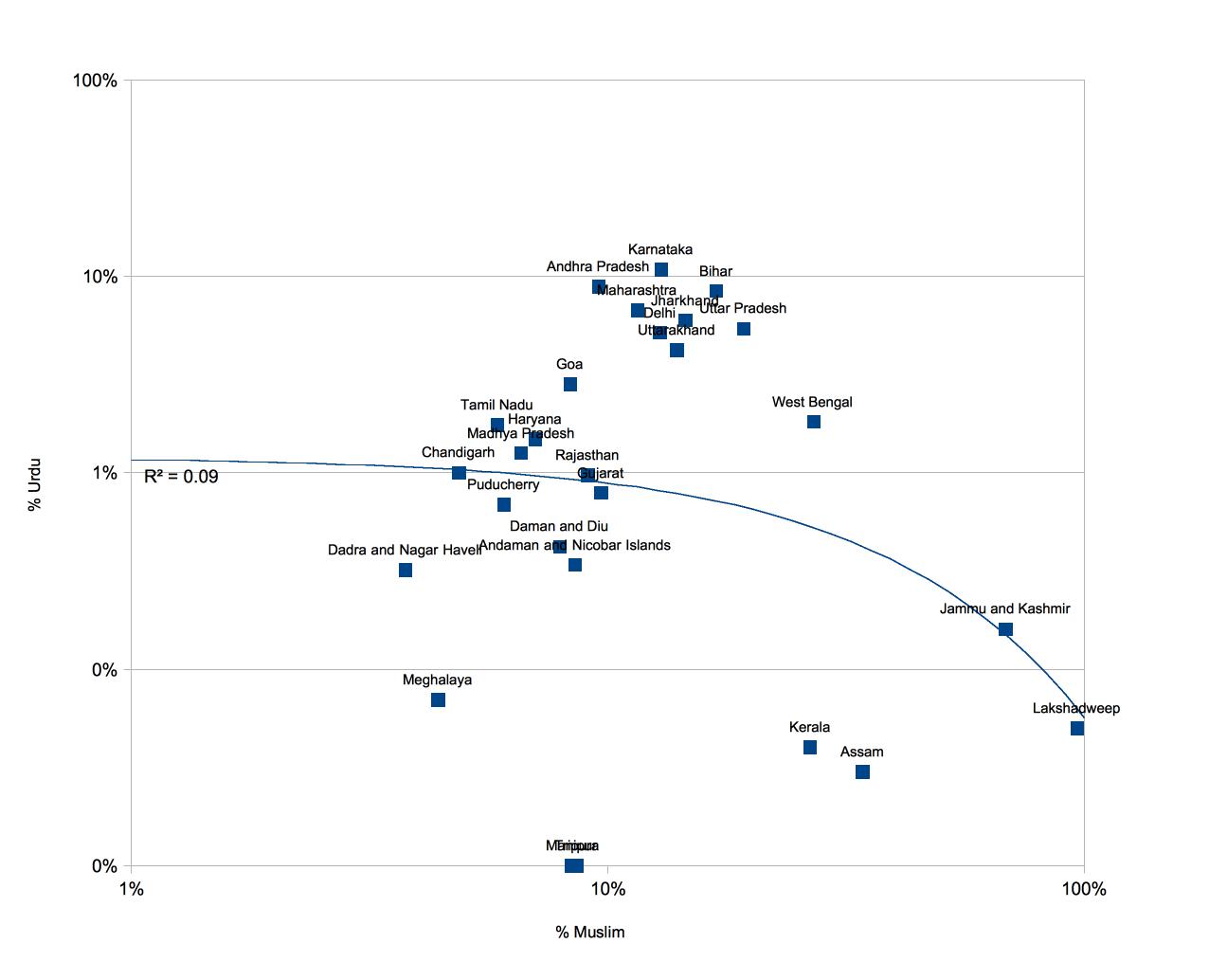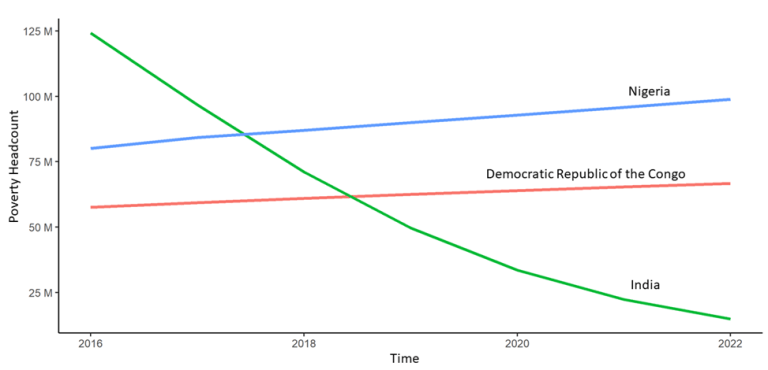Update: I’ve undeleted this since Zach has admitted that he overreacted below. If you want me to trash this post again Vikram just leave a comment below and I’ll do so. -Razib
I understand the nostalgia and desire for an Islamicate language among the Ashraf elite of British North India. After all, Hindus have a similar desire to live in the house of classical Indian languages, and the vast majority of Hindus give their children names from these languages.
But what baffles me is the the Ashraf insistence on Urdu. Choosing Persian as the national language of Muslim South Asia would have had many benefits:
- Just like Hindus, whether Kashmiri or Marathi, have a reverence for their classical languages (currently mainly Sanskrit for North Indian Hindutva types, but with a bit of maturity this sentiment also extends to other Indian classical languages), Muslims whether Sindhi or Bengali see Persian and Arabic as their classical language. This would have dramatically reduced the internecine conflicts amongst South Asian Muslims due to language.
- Persian as a national language would cement Pakistan’s relation with the Iranic world (and thus the core Muslim world), which is the ancestral land of much of the Muslim Ashrafi in South Asia. South Asian Muslims would come into deeper contact with a sophisticated and highly cultured Muslim population.
- Muslims of South Asia would have access to a true, expansive classical literature (including heroic epics, not just romantic poetry) dating back to antiquity, much like Indians have access to classical literatures in Sanskrit, Pali and classical Dravidian. This would diminish the need for extreme religiosity as the glue for holding the Muslim nation together, and produce a far larger, self confident cultural output.
On the other hand, the choice of Urdu created quite a few issues for the preservation and growth of Islamicate culture in South Asia:
- At the end of day, Urdu is an Indo-Aryan language with Sanskrit grammar and substantial Sanskrit vocabulary. Even the most Arabo-Persianized version of Urdu (Pakistan’s official Urdu) has at least 40% Sanskrit and Prakrit vocabulary. More so, since Hindus speak Hindi, which has the same grammar, but a steadily increasing Sanskrit vocabulary, it leaves Urdu perpetually vulnerable to an increase of Sanskrit vocabulary.
- Some key words in Urdu like aap and sakna have roots in Hindu concepts (aap comes from aatma, the higher self) and sakna derives from Sanskrit shakt, which has a higher meaning in Shakti, the feminine divinity of Hinduism, walla from pal, which means protector.
- Muslims in Pakistan and Bangladesh, already have their own languages and literatures, especially the Pashtun, Bengalis and Sindhis. No wonder the imposition has led to substantial conflicts instead of synergy towards the ultimate goal of a sophisticated, modern Muslim culture in South Asia, which is also shared by these populations.
All this leaves me baffled as to why the Muslim Ashrafi were so insistent on Urdu. My best guess is that they mistakenly felt that Urdu was a variant of Arabic and Persian, with no real Sanskrit influence. This is quite possible since the different language families would not have been widely known then, and since Urdu was written in the Arabic script, which is dramatically different from Indian ones.
In any case, the Ashrafi insisted on Urdu. This led to a breakdown of Muslim nationalism when Bangladesh separated. Bangladesh now uses an Indic script, and speaks a language with mainly Sanskrit vocabulary. On the other side of the subcontinent, for the first time in more than two millennia Pashtuns could be under more Indic influence than Iranic (this might change as Iran rises again). Within India, Urdu has declined dramatically, as Muslim families in UP and elsewhere have reconciled themselves to Hindi[1]. Knowing Urdu leaves Pakistani Muslims vulnerable to a substantial amount of Hindu literature and concepts via television shows and Hindi movies.
None of these could have been the goals of the Ashrafi when they demanded a Muslim homeland.
[1] – Urdu is the only scheduled language in India that registered a decrease in the absolute number of speakers between 2001 and 2011. Its proportion of first language speakers has decreased from 5.22% in 1971 to 4.19% in 2011, despite an increase in Muslim population percentage.


